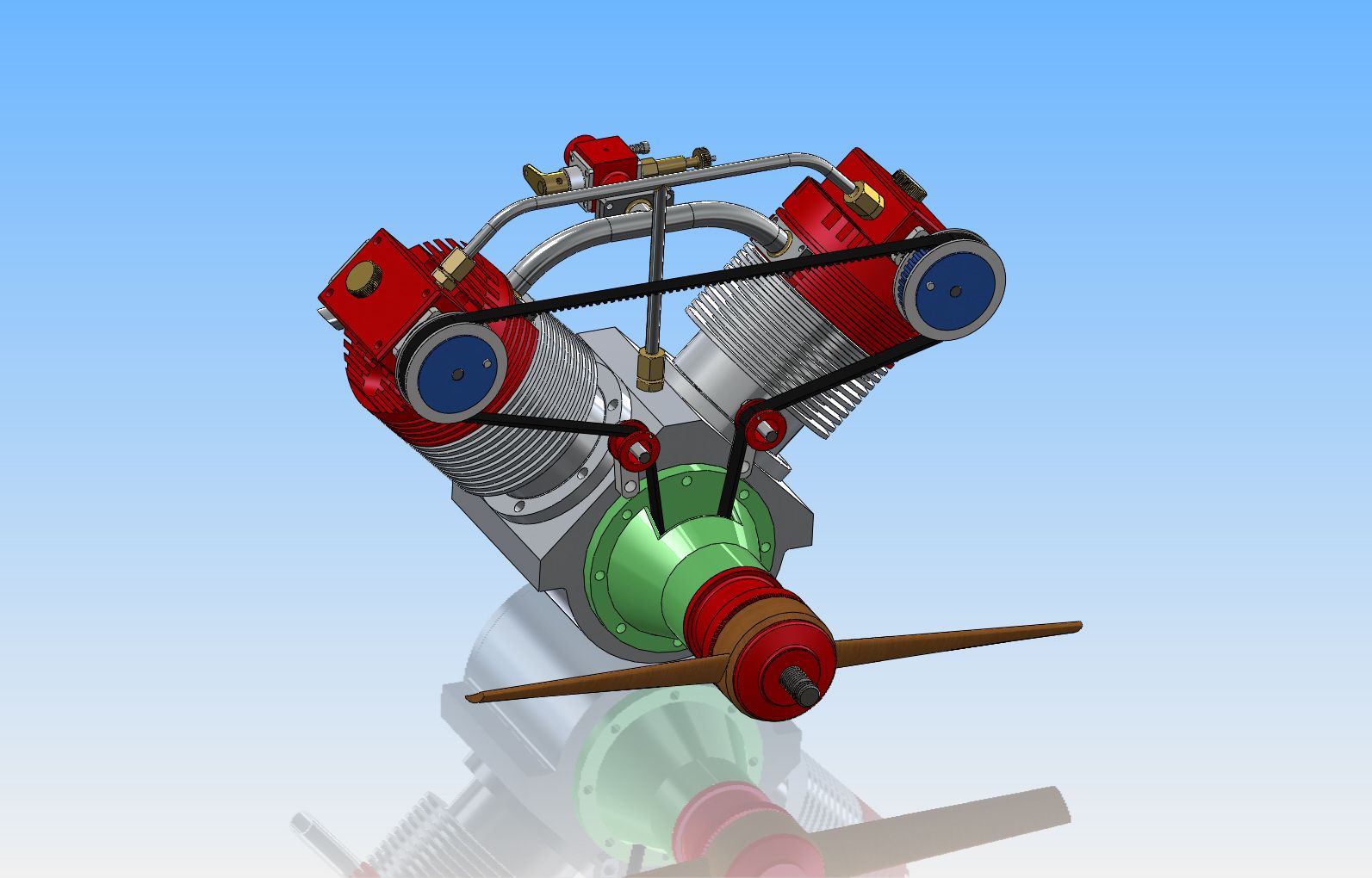- Joined
- May 27, 2010
- Messages
- 2,999
- Reaction score
- 1,171
Zega79, I have the drawings for this motor and will start later this year. As Mike said, you have to make your own tolerances. Just work out what is easier, to make bores on size or to make the parts that go in them on size, and make other parts to suit.
Paul.
Good advice given. The Lynx will be in the que after two old engine projects,namely Bolero and Firefly both have yet to be completed and run. Reason was -----lack experience to handle the unforgiving fits required.
Now in South Thailand after the Burma Bank Fishing Trip. Due a temporary ban
,we were forced to go to other spots which overfished and hence not very productive. Catch was bad with nothing great to crow.





























